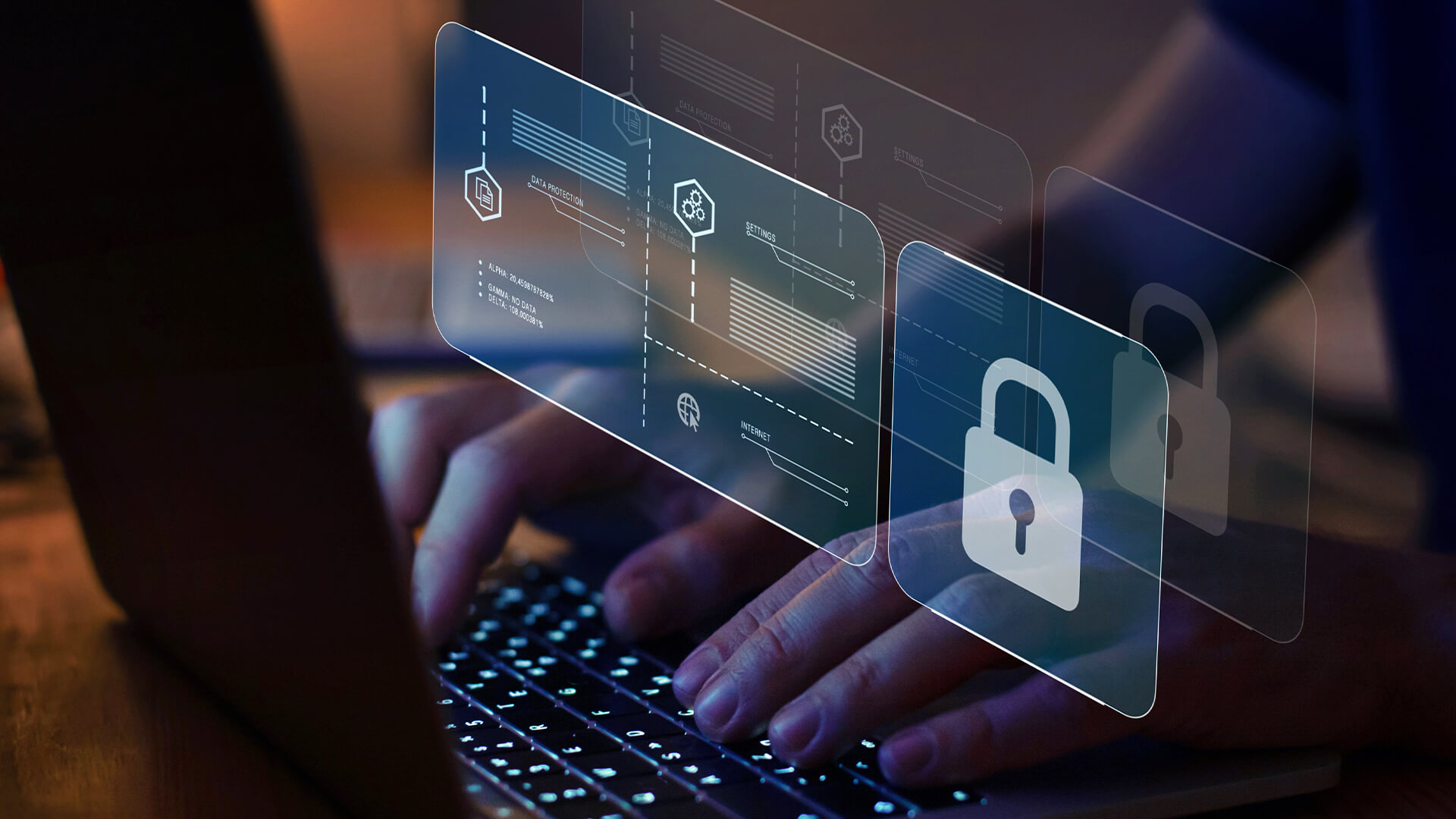It’s said that the number of cybersecurity threats will continue to increase and businesses of all sizes will face heightened risk levels most of the time. In recent years though, it’s believed that small and medium-sized enterprises (SMEs) have mostly fallen victims to coordinated cybersecurity attacks. Although large-scale companies hold more data, SMEs are said to have less secure networks, placing them at high risk for data breaches.
Lack of expertise, budget, and the like to maintain optimum security is regarded as some of the main reasons behind small businesses falling victims to fraudulent and malicious actors.
If you want to effectively strengthen your SME’s data security, one of the initial moves you can take is to conduct a risk assessment. Make the right decision and prioritize the security of your business data now. Here’s a cyber security risk assessment checklist to help you get started on the right path.
Consider implementing several best security practices if you want your business operations to run as smoothly as possible all the while keeping critical data secure. The following are some easy-to-follow security tips you can tap into. Continue reading to learn more.
1. Use a Firewall
A firewall plays a critical role as one of the initial lines of defence during a cyberattack. SMEs are advised to set up a firewall that’ll function as a barrier to protect sensitive data from hackers.
Consider installing internal firewalls for additional protection and as a security precaution. If you have employees in a remote work setting, make sure they have a firewall on their home networks as well.
2. Implement Robust Password Practices
It’s said that many workers find changing passwords burdensome. Nevertheless, figures suggest that a high percentage of data breaches occur due to stolen, lost, or weak passwords. Sadly, despite this, many SMEs still fail to enforce reformed password policies.
To start, mandate your personnel to use a combination of upper- and lower-case letters, symbols, and numbers when creating passwords. Ideally, it’s best to require password changes every 60 to 90 days. Consider using multi-factor authentication that requires other forms of identification information other than a password to grant a certain user access.
3. Frequently Backup Data
Despite all of the precautionary measures you and your team have undertaken, it’s recommended to always be ten steps ahead of the game.
Make it a priority to back up all forms of company data, ideally on the cloud. Employ corresponding cloud-based security protocols to protect sensitive information stored there. Regularly conduct backup version checks to determine whether the files uploaded are accurate and safe.
4. Conduct Company Training
In various SMEs, personnel often take on a variety of tasks due to limited staffing. With this in mind, all employees with access to sensitive information must undergo training on network cybersecurity practices and policies.
As the policies constantly evolve to keep up with the savvier skills of cybercriminals, it’s important to provide your workforce with regular updates on the latest security protocols.
5. Install Anti-malware Software and Antivirus Programs
Phishing is a common concern for many businesses for its usual targets are oblivious employees. Your workers might end up unknowingly opening a malicious email; hence, putting your business data at risk.
A phishing attack usually involves a program installing malware on the employee’s computer after clicking a link in a seemingly legitimate email. Then, sensitive company secrets, client data, and many more are illegally accessed by unauthorized actors. As a safety measure, it’s important to have anti-malware and antivirus software on all devices and the network.
6. Maintain Regular Updates
One of the security measures you shouldn’t overlook is regularly updating all software, applications, and technology tools that you have. Avoid delaying updates for older apps may contain loopholes that’ll put your data at risk. Implementing this practice is said to bring you peace of mind while conducting operations.
7. Make a Company Security Strategy Covering Mobile Devices
It’s said that many SMEs employ ‘bring your own device’ (BYOD) policy. If you also have one in place, it’s crucial to focus on security precautions involving your personnel’s use of their personal computing devices for work purposes.
Final Thoughts
As the number of cyberattacks perpetrated against many SMEs grows, security should be one of their top priorities. Several measures can improve the overall cybersecurity stature of your business. With the help of the straightforward and efficient security measures mentioned above, you’ll have peace of mind knowing your company stays operational while remaining safe from cybersecurity threats.








